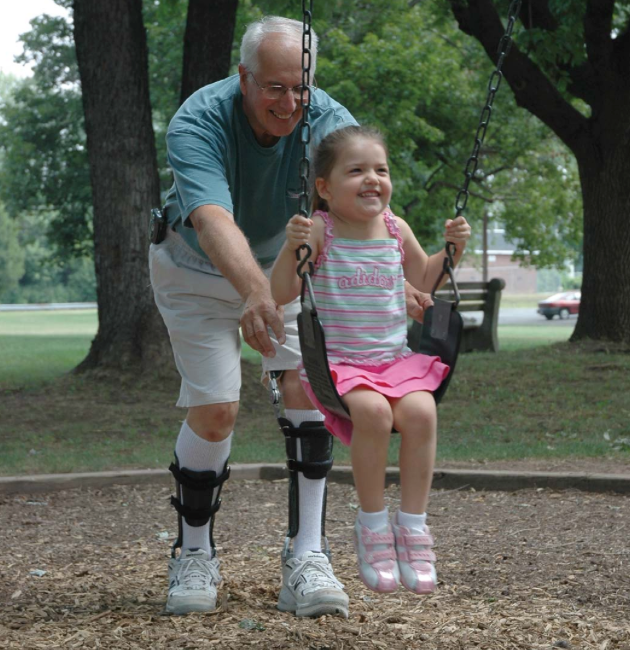Custom hinged AFO vs. standard ankle foot orthosis in stroke recovery

Functional Bracing with Adjustable Dynamic Response. Address the entire gait cycle providing unrestricted motion, customized stability, and smooth rollover. Ultraflex
Hemiparesis is one of the most common impairments after stroke that contributes to reduced gait performance. The ability to walk is a primary goal for people with stroke and most stroke survivors regain the ability to walk.
Hemiplegic gait is characterized by decreased walking speed and energy inefficiency. Persons with hemiparesis walk significantly slower than healthy persons and after 6 months reach only 40–50% of the distance of age-matched healthy persons. As an adjunct to therapy, ankle-foot orthoses (AFO) are frequently used, although evidence is limited that an AFO improves elements of gait.
| References |
Ambulatory Function and Perception of Confidence in Persons with Stroke with a Custom-Made Hinged versus a Standard Ankle Foot Orthosis, Slijper A, Danielsson A, Willén C. Rehabil Res Pract. 2012;2012:206495. doi: 10.1155/2012/206495. Epub 2012 May 17. Full text, PDF
| Further reading |
Comfortable and Maximum Gait Speed in Individuals with Chronic Stroke and Community-Dwelling Controls, Vive S, Elam C, Bunketorp-Käll L. J Stroke Cerebrovasc Dis. 2021 Oct;30(10):106023. doi: 10.1016/j.jstrokecerebrovasdis.2021.106023. Epub 2021 Aug 7. Full text, PDF
Effects of Ankle–Foot Orthoses on Functional Recovery after Stroke: A Propensity Score Analysis Based on Japan Rehabilitation Database, Ryo Momosaki, Masahiro Abo, Shu Watanabe, Wataru Kakuda, Naoki Yamada, Shoji Kinoshita. PLoS One. 2015; 10(4): e0122688. Published online 2015 Apr 2. doi: 10.1371/journal.pone.0122688. Full text, PDF
Gait training strategies to optimize walking ability in people with stroke: a synthesis of the evidence, Expert Rev Neurother. 2007 Oct;7(10):1417-36. doi: 10.1586/14737175.7.10.1417. Full text, PDF
Also see
Adjustable Dynamic Response™ (ADR™) Articles Ultraflex Systems Inc.
